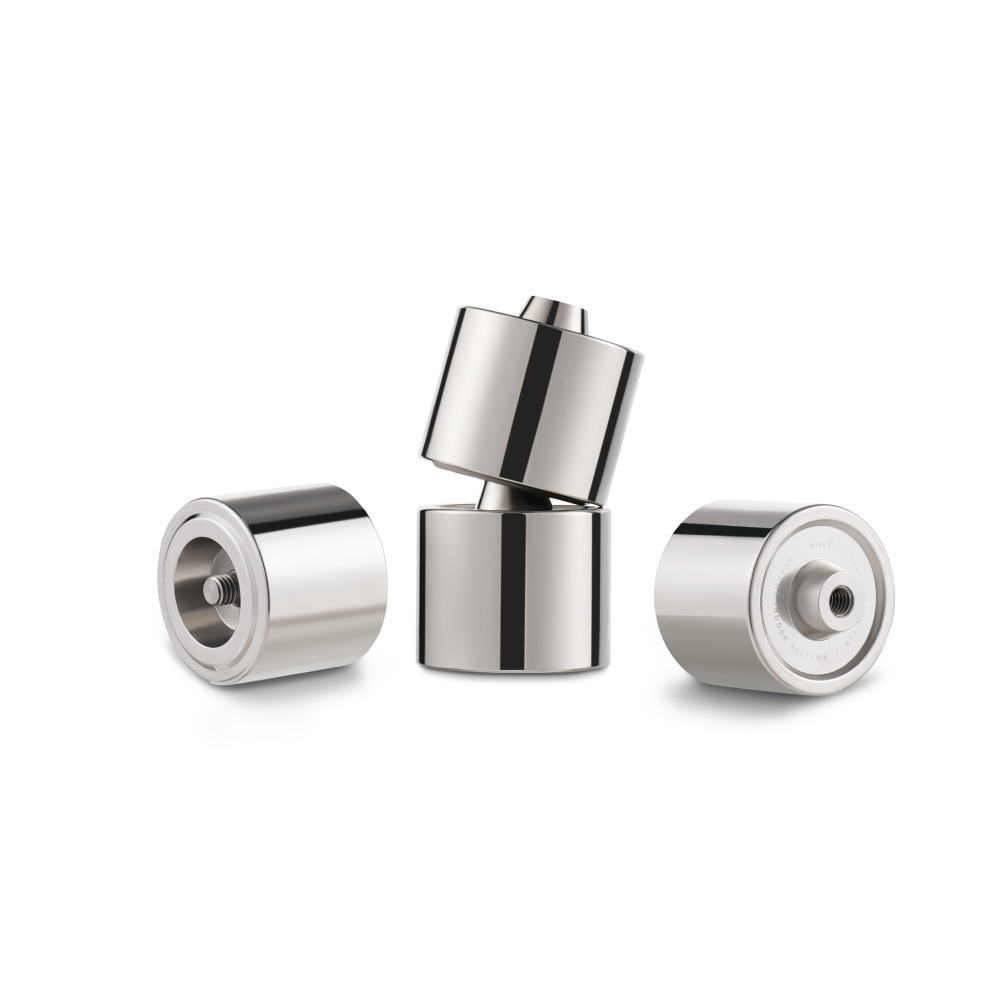Employee-Centric Spaces: The Future of Workspace Design
The importance of creating an environment that fosters productivity, collaboration, and creativity is widely recognized. But have you ever considered the impact of your workspace design on your employees' well-being and job satisfaction? Workspace design is more than just aesthetics; it's about creating spaces that inspire and engage your employees. By providing a variety of workspaces that cater to different work styles, you can create an environment that supports your employees' needs and allows them to do their best work.
-

-
A recent Steelcase study of global office workers found that although 77% of interviewees have their own assigned workstation, the vast majority—87% —spend two to four hours every day working someplace else. So why are people migrating away from their desks? The answer is simple: they need variety. Sitting in the same spot all day can be tiring and uninspiring. People crave different environments that can help stimulate their creativity and productivity. That's where workspace design comes into play.
-
Create a workspace that supports different work styles
Not everyone works the same way. Some people prefer to work in quiet spaces, while others thrive in collaborative environments. Both younger and older generations like informal spaces and use them regularly — but for different reasons. Millennials are more likely to use bar spaces to do focus work while older generations use these spaces for collaboration and socialization. It's essential to consider these different work styles when designing your workspace
Provide a mix of open and private spaces that cater to different work styles. For example, you could have a quiet room for focused work, a collaborative space for group projects, and a lounge area for casual meetings.
-
Consider the ergonomics of your workspace
Ergonomics is the study of how people interact with their work environment. It's essential to consider the ergonomics of your workspace when designing it. Workers desire better ergonomics and are looking for a more comfortable, inviting, and inspiring workspace.
-
Provide ergonomic furniture, such as adjustable chairs and standing desks, to support your employees' physical health. Additionally, consider the lighting and acoustics of your workspace. Harsh lighting and loud noises can be distracting and stressful for employees.
-
Create a space that reflects your company culture
Your
workspace should reflect your company's culture and values. If you're a creative company, for example, you may want to incorporate bright colors and unique design elements into your workspace. If you're a more traditional company, a more conservative design may be more appropriate.
-
Creating a space that reflects your company culture can help your employees feel more connected to your brand and mission.
-
The Steelcase study also reveals a critical gap in current
workspace design. While most organizations provide the necessary technology and allow employees to work in informal spaces, what's missing is the availability of spaces that truly cater to their employees' needs. A good office space should support their physical health, cognitive abilities, and emotional well-being.
-
In conclusion, creating a workspace that supports your employees' needs and work styles is essential for fostering productivity and job satisfaction. By providing a variety of workspaces, considering the ergonomics of your
workspace, and reflecting your company culture, you can create a workspace that inspires and engages your employees.








